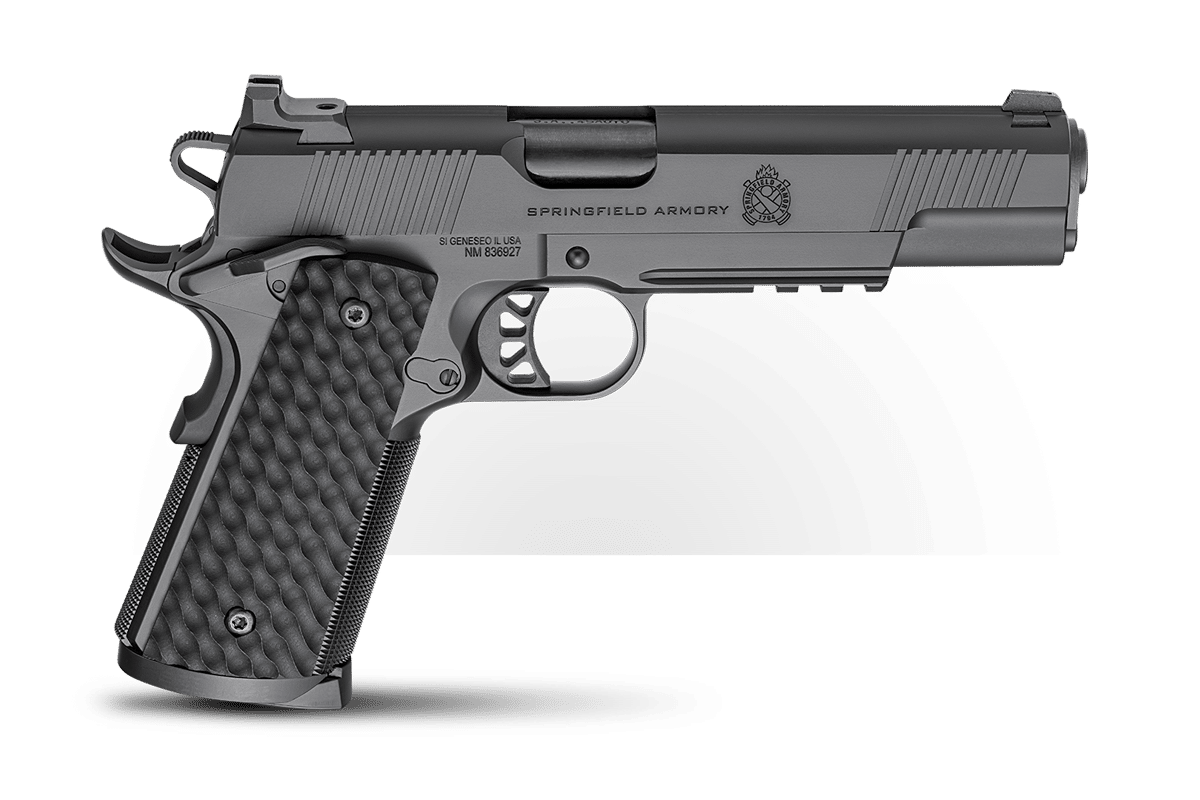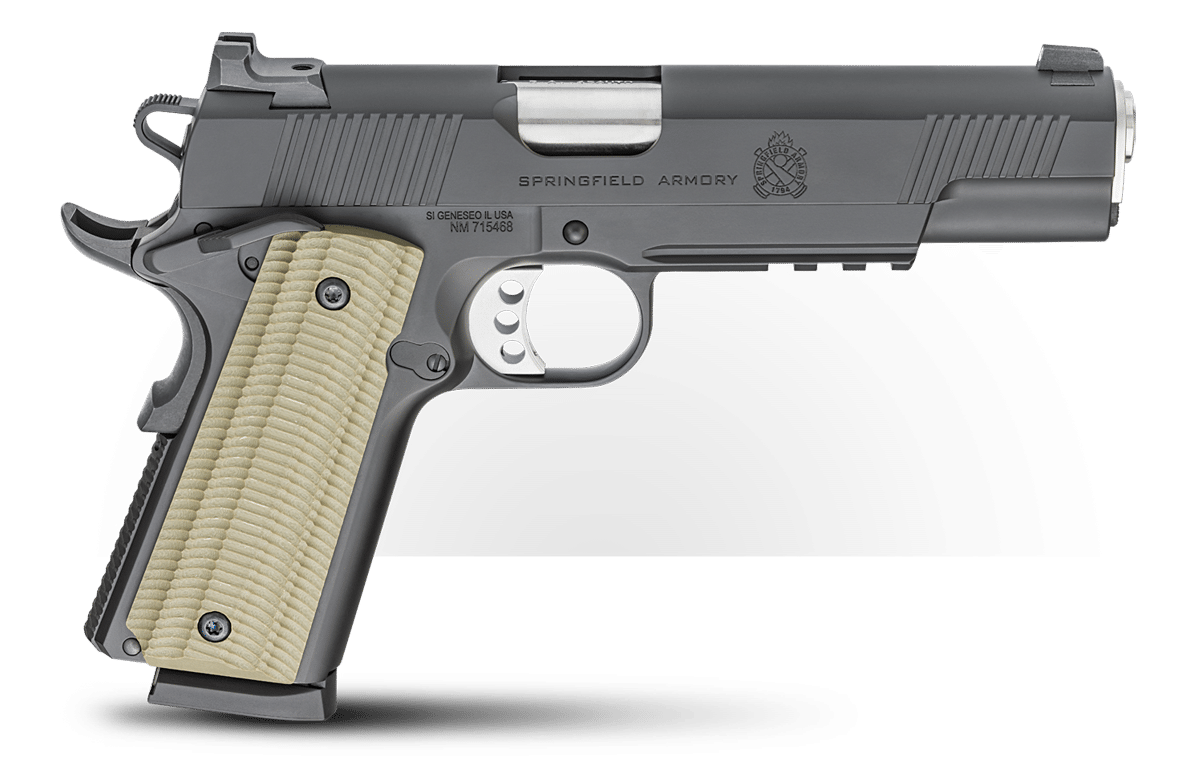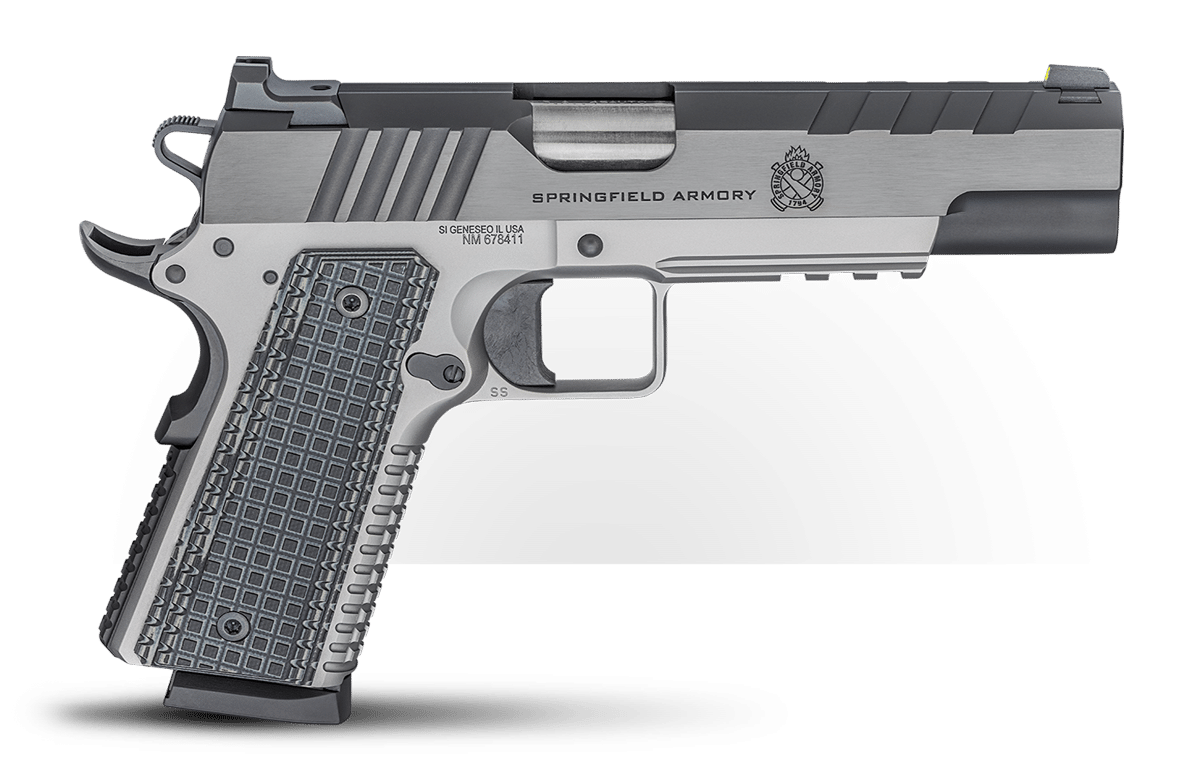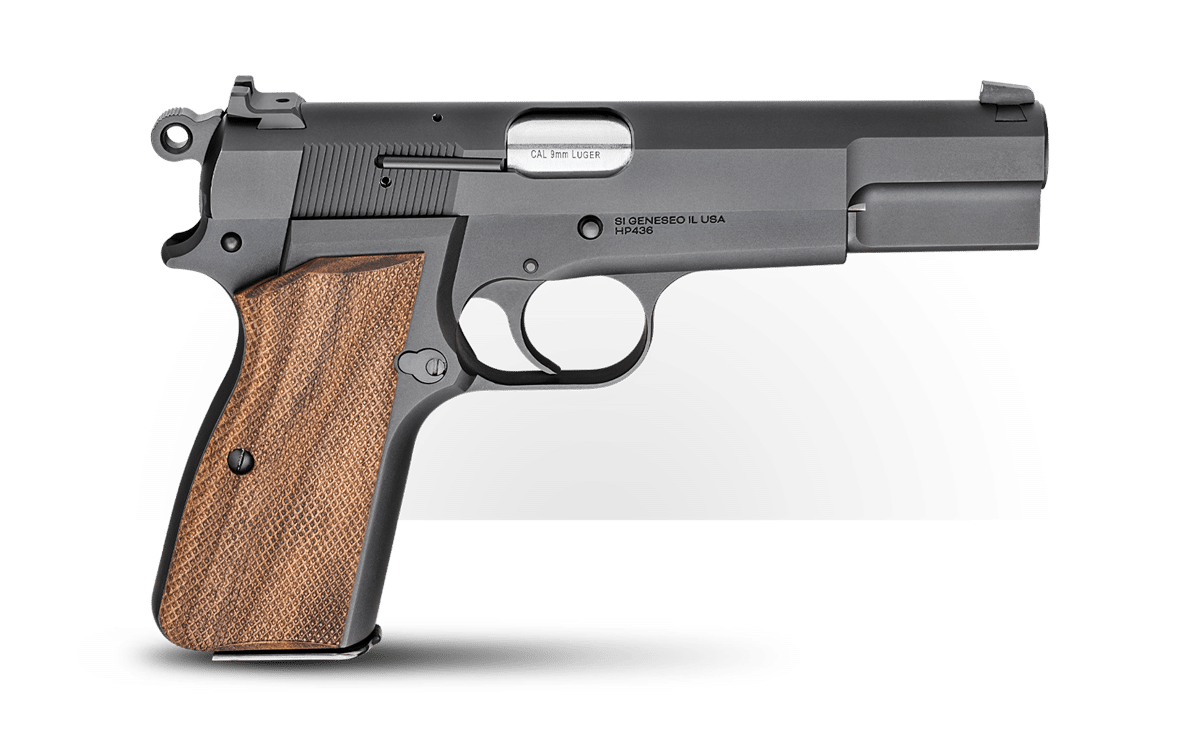What Is G-10?
September 13th, 2024
6 minute read
You’ve probably seen handguns with G-10 grips and knives with handles made of G-10. But, do you know what G-10 is? If you don’t, then read on. In this article, Robert Sadowski answers the question of what G-10 is and then explains why it is so popular. For the purposes of this article, we use the term G-10. However, you may also see it spelled as G10 or called garolite.
A grip is the interface between your hand and the gun. Where organic meets the machine. This interface takes a lot of wear, so quality materials are needed.
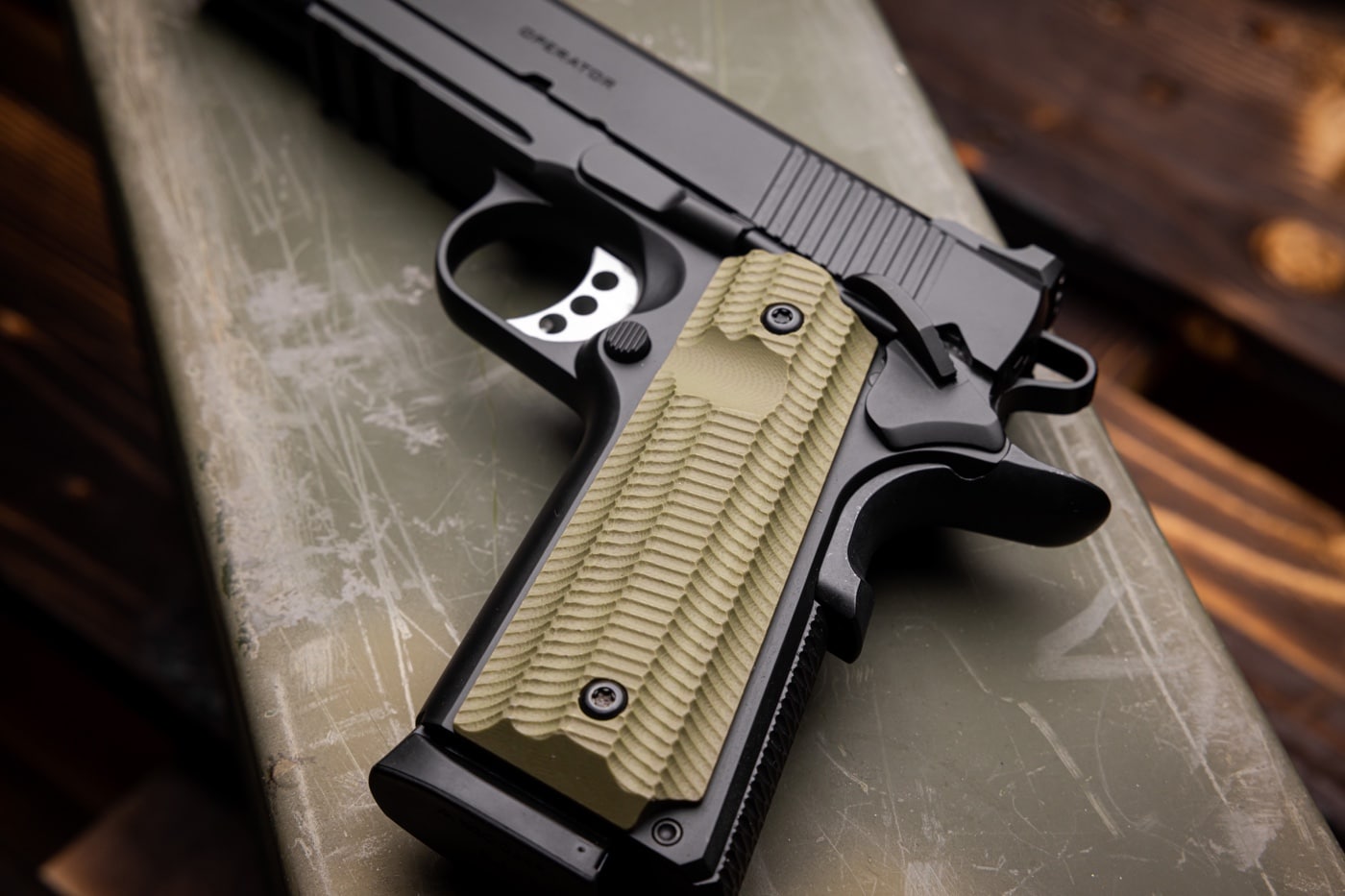
Traditional wood grips on handguns suffice, but wood is also an organic material that is susceptible to breaking down over time. It frequently requires ongoing care to be kept in optimal condition. Polymers can be more durable than wood but may crack and some cleaning chemicals may weaken the material.
A modern alternative to both materials is G-10. Many high-end handguns like Springfield Armory’s 1911 TRP series, 1911 Operator and 1911 Emissary line are all equipped with G-10 grips.
But what is G-10 and why is it used on gun and knives designed for performance and hard duty?
So, What Is G-10?
G-10 is a fiberglass-epoxy composite material that is exceptionally strong, durable and corrosion resistant.
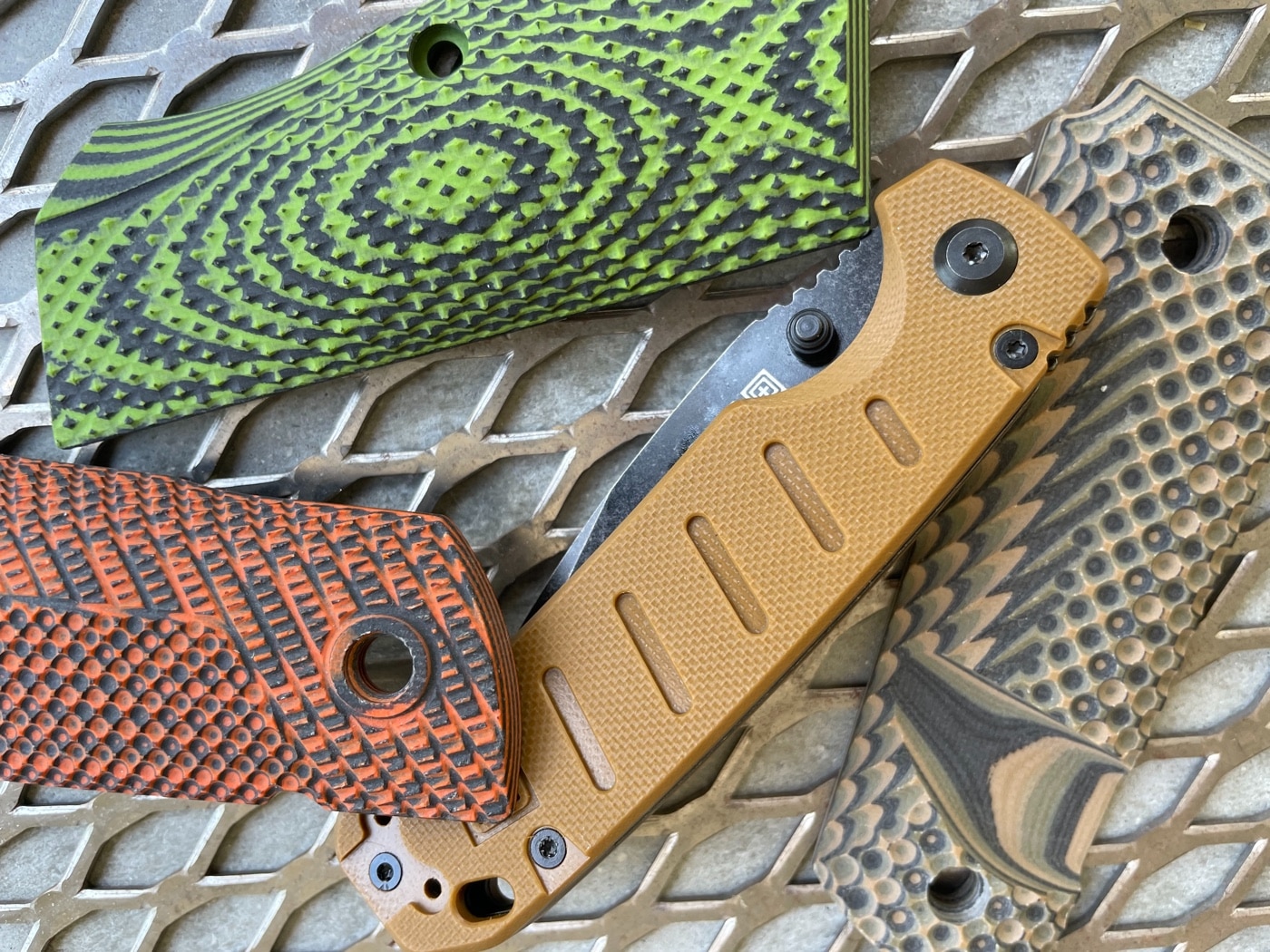
It comes in sheets or blocks that are made from woven glass fabric layers soaked with epoxy resin, compressed, and then heated and cured. It is quite strong and durable. It is resistant to chemicals and ultraviolet (UV) light, and it can withstand extreme temperature (both heat and cold).
G-10 is used in applications where low weight, high strength, high chemical resistance and low water absorption is desired. Other synthetic polymer materials like Bakelite, Micarta, and glass-filled polymer nylon like golf ball dimples, Polyamide, do not have the strength of G-10.
Traditional Uses of G-10 Fiberglass Laminate
Beyond the outdoors industry, G-10 has been used for printed circuit board material due to its non-sparking, non-conductive properties. Power generation is another application for the material because G-10 does not absorb water. Additionally, it is non-conductive, good at insulating in high-voltage environments.
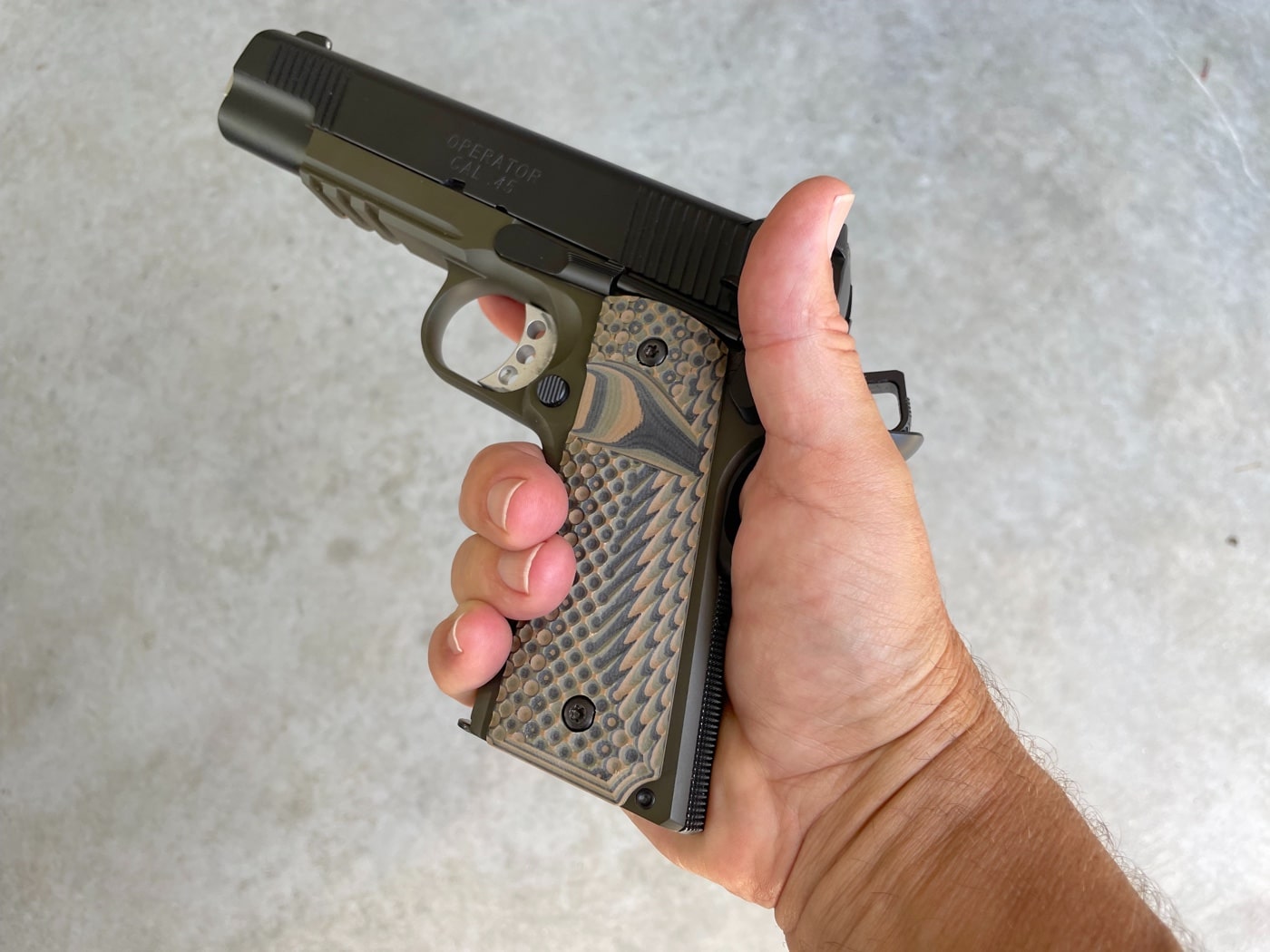
G-10 is also used in aircraft equipment like panels and instruments, and marine applications like hulls and canopies.
For many of the same reasons, G-10 is well suited for use in the firearms and knife markets. Knife handles are often in dirty environments, or doing rough work like field dressing a deer. Handguns are routinely doused in cleaning fluids that could destroy wood.
G-10 offers a high strength to weight ratio. In both knives and guns, light weight is an asset. What better applications for G-10?
Another benefit of G-10 is that it can be machined like other materials. This means that both hobbyists and companies can work the material using normal tools to make grips, handles and other accessories.
Cutting-Edge Composite Material
You probably have some experience with polymer-handled knives that wear out and lose their texture from extensive use. I challenge you to wear out the texture of a knife with a G-10 grip through normal use.
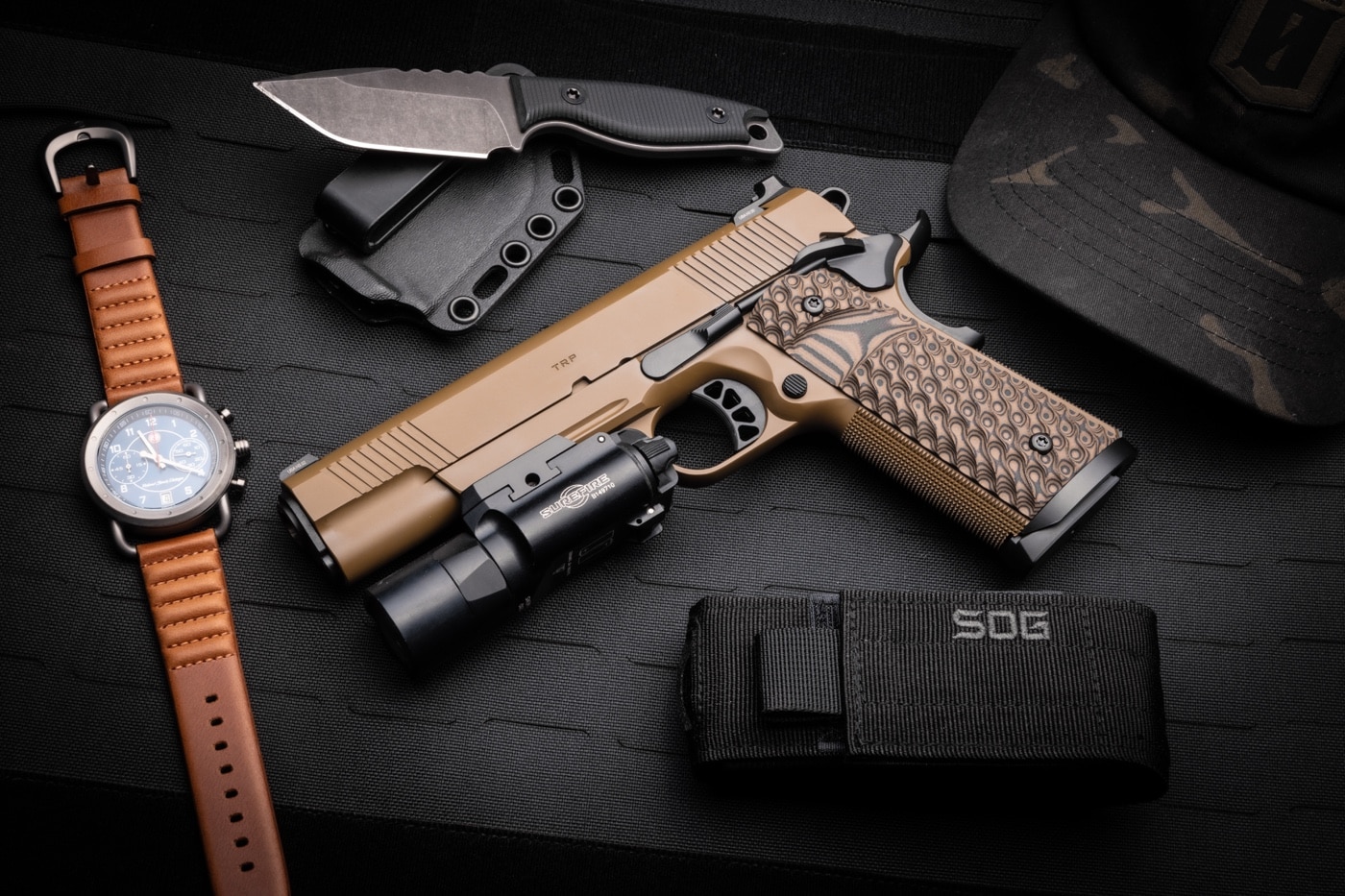
A great example of everyday carry (EDC) knives incorporating G-10 handles is the 5.11 Tactical Ryker and Braddock lines of folding knives. The G-10 handle on the 3.0” or 3.5” blade Ryker is designed to feel comfortable in your hand and provide a confident grip. The Braddock folder also comes in mini- and full-size knife versions, and both are lightweight and compact for everyday carry.
What I like about having a knife with G-10 handles is I can put it in the dishwasher to clean it after cutting fishing line and bait as well as cutting rope, bale twine, opening boxes, and all the other dirty jobs your EDC is called up to perform. Even with sweaty hands and under water, G-10 ensures better traction and a no-slip grip.
Aggressive Texture That’s Comfortable
Because G-10 is made in thin layers, alternating colors can be used to create depth and a variegated appearance. A slew of textures can easily be machined into G-10. Checkering is the traditional texture, but other surface treatments provide the bite you want with the comfort you desire.
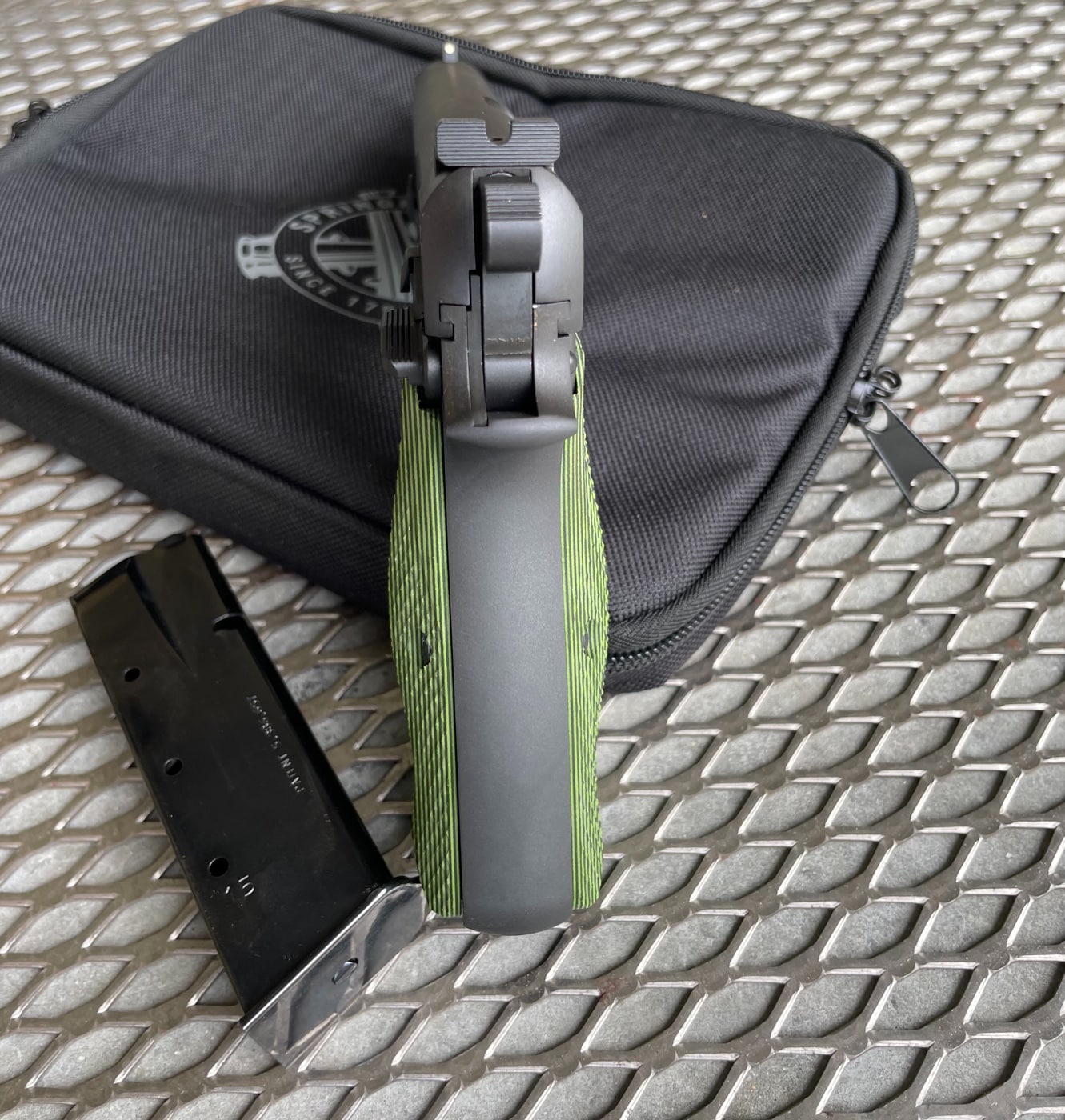
The Springfield Operator series of 1911 semi-automatic pistols by Springfield Armory use G10 VZ Grips with a steeped, wavy pattern. The grips are toothy without being abrasive. Springfield’s Emissary guns use G10 VZ Grips machined thin so the pistol grip has reduced grip circumference. It also has a unique texture, like that of a grenade. The new TRP pistols use a Hydra texture grip by VZ Grips that reminds me of tiny suction cups on squid tentacles, and they offer great adhesion and comfort.
Ever get that hollow feeling in your hand when gripping a pistol? For me, it is my palm. A small gap between my palm and grip is eliminated with a palm swell. LOK Grips manufactures made-to-order grips for all types of handguns. For the SA-35, they offer a palm swell grip that fills this gap if your hand is thusly shaped. LOK also offers a thin version that shaves off the chunky feeling on double-stack pistols like the SA-35.
LOK’s 1911 grips are available in a variety of finishes that range from the classic traditional to brilliantly striking. Whatever finish matches your style, they have it. My favorite LOK Grips for the 1911 are their LOK Ops that offer a combination of textures. It actually features texture treatments from LOK’s Bogies and Ridgeback grips.
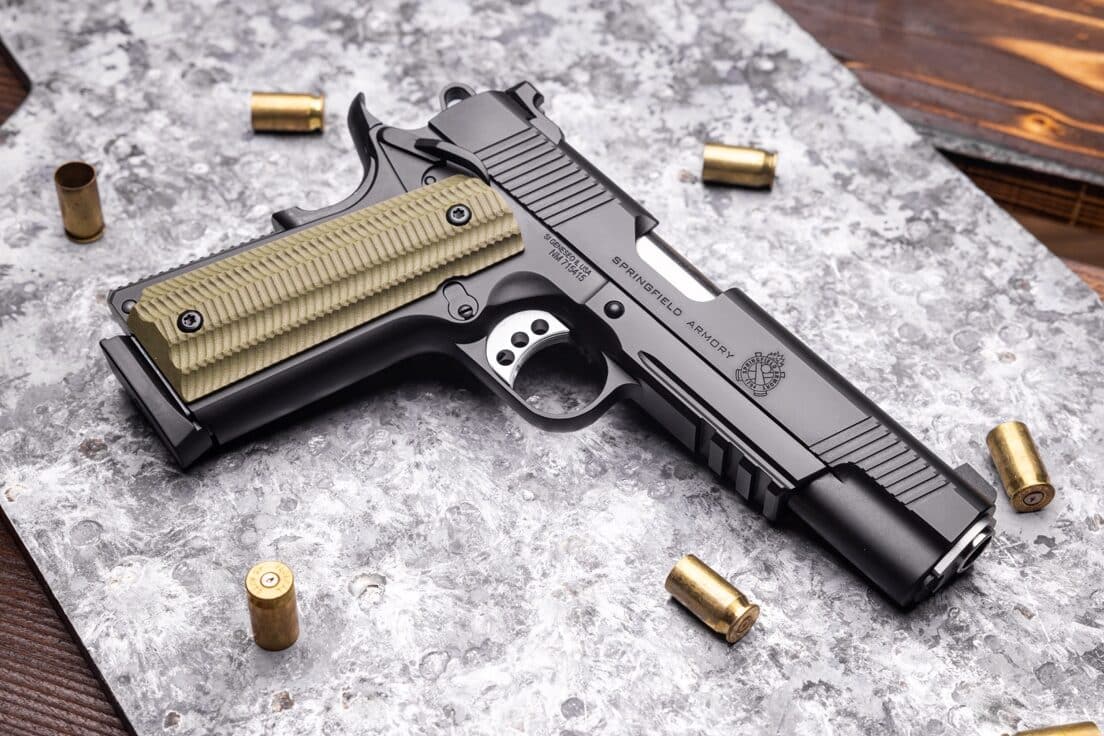
Bogies’ texture is an aggressive golf-ball style pattern on the front edge while the rear edge has the Ridgeback grooved ridges that lock your grip in position without chaffing. The thumb relief can be had in a standard size or extreme cut that makes reloading easier and faster. You can also get grips with whatever bottom cut you want standard; cut for a magwell, a bobtail and other options.
Maintaining G-10 Material
G-10 doesn’t really require a lot of maintenance. Use a toothbrush to scrub out the gunk, or just wash off the dirt and wipe dry. G-10 can lose its sheen. If that happens, apply a small amount of mineral oil or gun oil and rub it into the grips to bring back the color and that dark saturated look.
Final Thoughts on G-10
It doesn’t matter what you call it or how you spell it: G-10 has transformed handgun and knife grips by offering light weight, a variety of textures and finishes and resistance to chemicals. The result are grips that are designed to take all the daily abuse you can give them.
And, if you are handy with tools that may already be in your garage, you can get G-10 grip blanks and craft your own. G-10 can provide some eye candy to the 1911 design, and it offers a great blend of form and function to enhance performance.
Editor’s Note: Please be sure to check out The Armory Life Forum, where you can comment about our daily articles, as well as just talk guns and gear. Click the “Go To Forum Thread” link below to jump in and discuss this article and much more!
Join the Discussion
Featured in this article
Continue Reading
Did you enjoy this article?

 241
241




